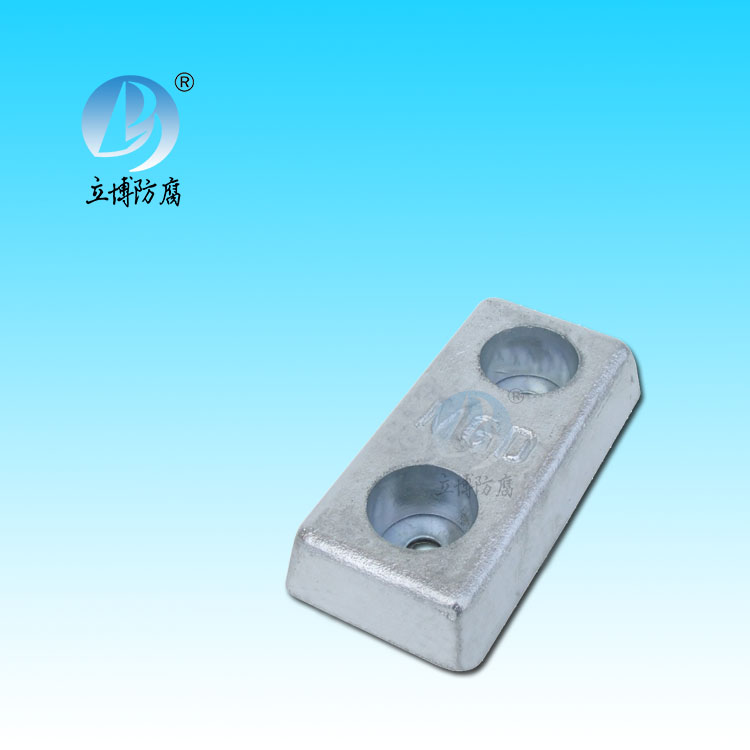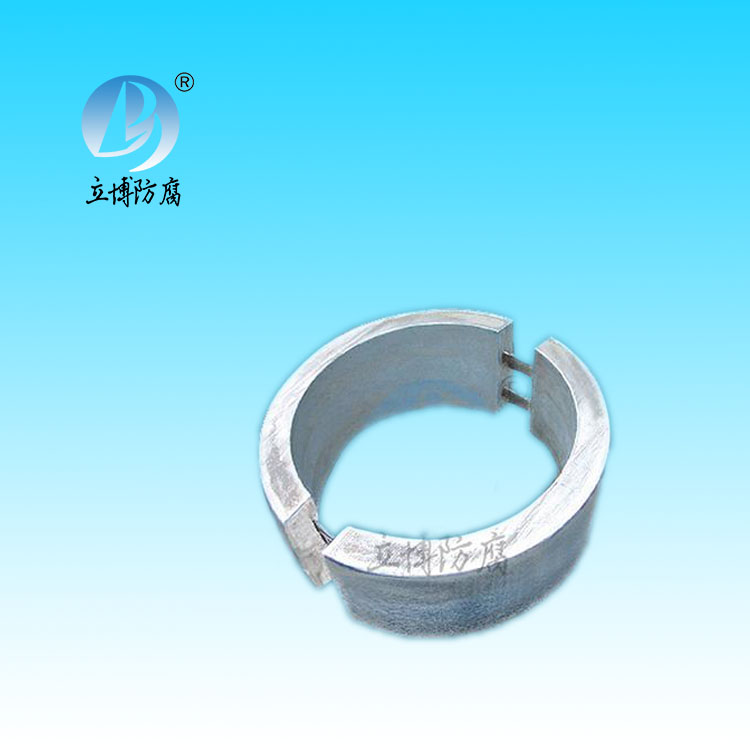News
News
- What is a sacrificial anode
- Basic requirements for reference...
- What does the reference electrode do...
- Why are zinc blocks attached to the ...
- What is the principle of impressed...
- What material does metal structure...
Contact
Phone:18739187123
hotline:0391-7588881
E-mail:970512272@qq.com
Address:Wuzhi County, Jiaozuo City, China
Company News
What is the difference between current test pile and potential test pile?
- Author:Libo
- Source:wwww.rankebio.com
- Date:2021-06-11
- Click:0
During detection, the signal current of a certain frequency is transmitted from the transmitter to the pipeline. When the current flows through the pipeline, the corresponding magnetic field is generated near the pipeline. When the outer anticorrosive layer of the pipeline is intact, follow the extension of the pipeline, the current is more balanced, no current loss phenomenon or less loss, the magnetic field generated near the pipeline is not disorderly; When the anticorrosive coating outside the pipeline is damaged or aging, there will be current loss in the damaged area. With the extension of the pipeline, the strength of the magnetic field near the pipeline will be weakened. The main representative instrument is the RD400-PCM detector produced by the UK company.
Tube current detection technology, also known as multi-frequency tube current method (also known as current attenuation method).
In the actual construction, the deviation between the interval and design of the test pile should have little effect. There is cable connecting pipeline under the pile, and the deviation of the surface department does not affect its function. Potential test pile: It is mainly used to detect the protection potential. The measurement method is to use digital multimeter and Cu/CuSO4 (CSE) to test the protection potential of the cathodic protection pipeline applied through the test pile, and indirectly assess the quality of the coating through the potential distribution.
Current testing pile: I have not seen the actual measurement of the current in the measurement tube, and only found a little information. The equivalent current principle is used to evaluate the insulation resistance of the anticorrosive layer.







 客服QQ
客服QQ